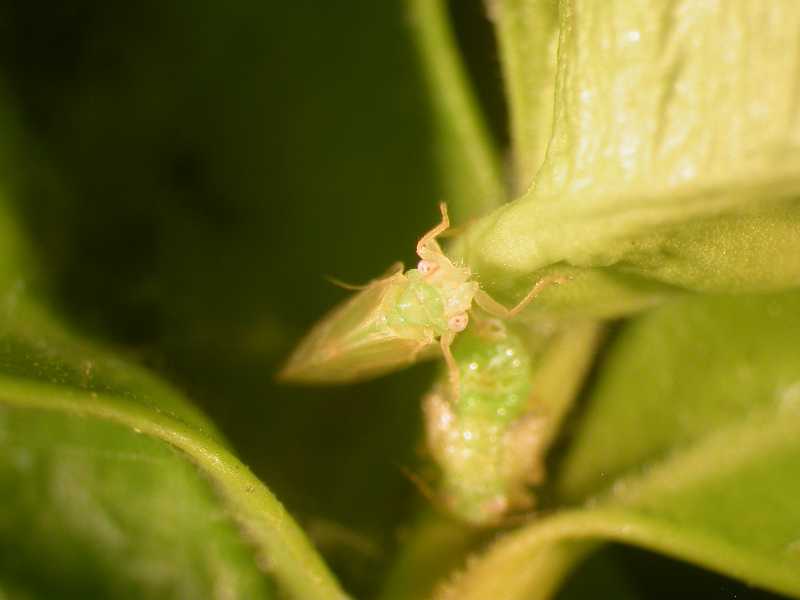
Boxwood psyllid
Psyllids don't kill boxwood, but will distort and affect the foliage - aesthetically ruining the glossy look to this broadleaf evergreen. In these photos, you can see remnants of their past presence. Their feeding has cupped the foliage right over the bud tips. Causing the tip of the stems to wither and dry up.
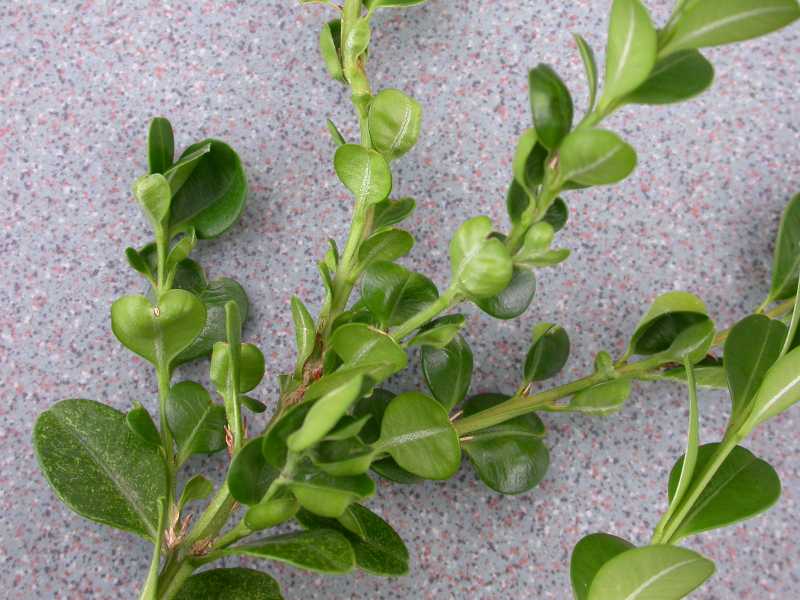
Boxwood psyllid
The boxwood psyllid is a pest of nearly all boxwoods ( Buxus spp.). It causes minor damage (leaf cupping), but doesn't otherwise harm the health of the plant. For this reason, boxwood psyllid is considered a minor pest. Managing this insect is mainly an aesthetic choice.

Insect Pest of Boxwood…Boxwood Psyllid Horticulture For Home Gardeners
The boxwood psyllid ( Psylla buxi) is the most common insect pest of Buxus sempervirens but all boxwoods are susceptible. They are found most often in the temperate parts of the United States but occur wherever boxwoods are grown in this country.
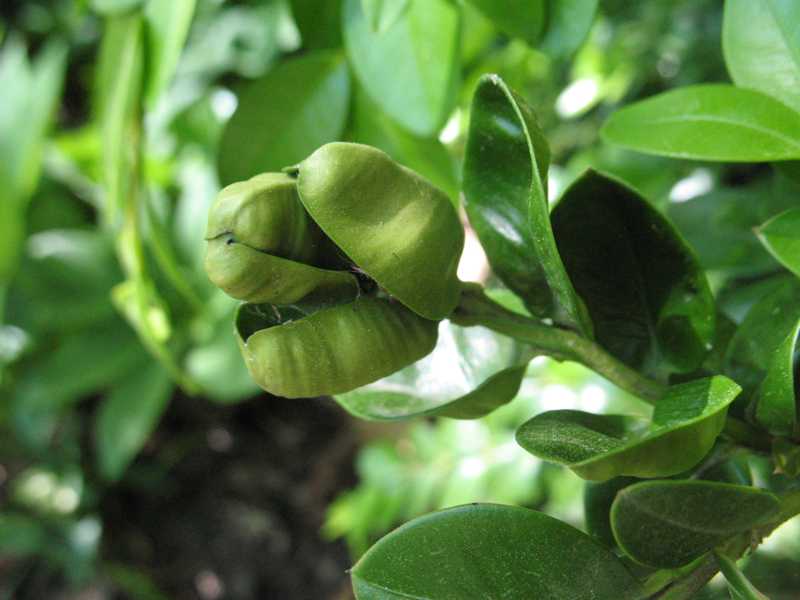
Boxwood psyllid
Cupped leaves on boxwood are sign of psyllid infestation By Tim Johnson, Chicago Botanic Garden Chicago Tribune • Published: Jun 13, 2021 at 5:00 am "I am worried about my boxwood. The leaves.

Insect Pest of Boxwood…Boxwood Psyllid Horticulture For Home Gardeners
As nymphs, boxwood psyllids leave a waxy filament on the boxwood leaves. Luckily, the damage caused by psyllids does not generally affect the health of your plants, but can certainly be an unpleasant sight, leaving you to prune out or treat your plants with a Garden Safe Insecticide. Signs of a Potato/Tomato Psyllid Infestation

boxwood psyllid (Psylla buxi), larva, on boxwood, Buxus sempervirens
Figure 1: Boxwood psyllids are small pests that affect the aesthetics of boxwood shrubs. They feed in the tender new growth, causing cupped leaves. They can also have a white coating as seen here. (Photo: Dan Herms, Bugwood.org) Potential Hosts Boxwood psyllids feed on members of the genus Buxus.
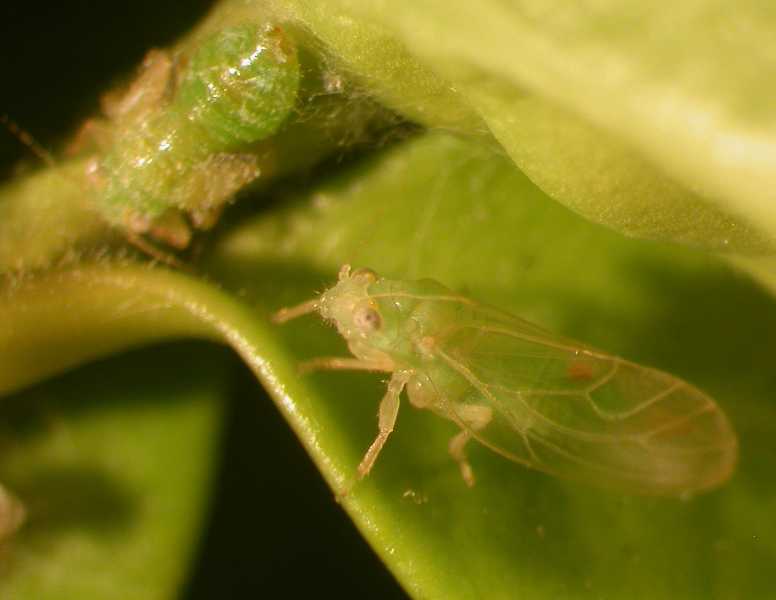
Boxwood psyllid
The boxwood psyllid ( Pyslla buxi) is a common pest in Central New Jersey and Eastern Pennsylvania that damages your boxwoods by piercing and sucking the juice from the plant's buds and leaves. Originally introduced from Europe, these tiny pests are part of the Psyllidae family and resemble tiny cicadas.
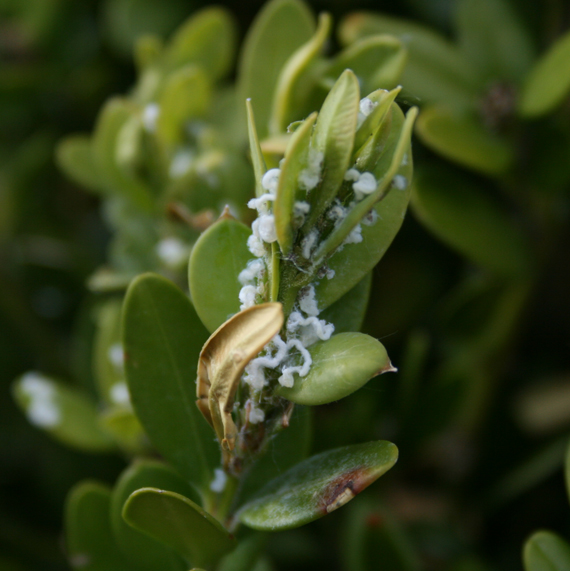
Treating Boxwood Psyllid Organically My Everchanging Garden
The Boxwood Psyllid (Psylla buxi) is a tiny, sap-sucking insect primarily affecting boxwood plants (Buxus species). Host Plants The Boxwood Psyllid is a specialist insect that primarily affects boxwood plants. Its host plants are exclusively members of the Buxus genus.
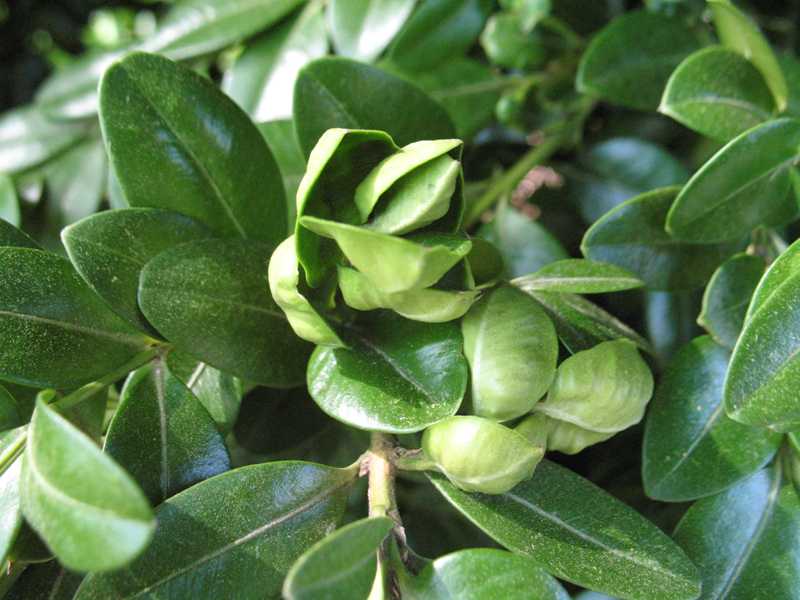
Boxwood psyllid
The most common pests of boxwood in Maryland are leafminers, psyllids, and boxwood mites. Common diseases include Volutella blight and Macrophoma leaf spot. Refer to the diagnostic table below to identify symptoms and possible causes. Growing boxwood in Maryland Site Spacing and mature size Disease and insect resistant plants Pruning
Identify and Manage Boxwood Psyllid on trees and shrubs
Boxwood psyllid, Cacopsylla ( =psylla) buxi (Linnaeus), is a common pest of boxwood, particularly in landscape settings. Damage: Feeding by the nymphs and adults causes a characteristic cupping of the new growth. The nymphs produce a waxy secretion giving them a woolly appearance.

3 Pests that Feed on Boxwoods Tomlinson Bomberger
The boxwood psyllid is a common pest of boxwood, Buxus spp. It is not considered as destructive as other boxwood pests. American boxwood B. sempervirens appear to be most susceptible to this pest. Description The eggs are small, orange, and spindle-shaped.

Insect Pest of Boxwood…Boxwood Psyllid Horticulture For Home Gardeners
The boxwood psyllid, Psylla buxi, causes a characteristic cupping of the leaves on the terminal and lateral buds of boxwood. This insect can overwinter as an egg, or as a first instar nymph under the bud scales. As the buds develop in the spring, the eggs hatch and nymphs emerge to infest the leaves.
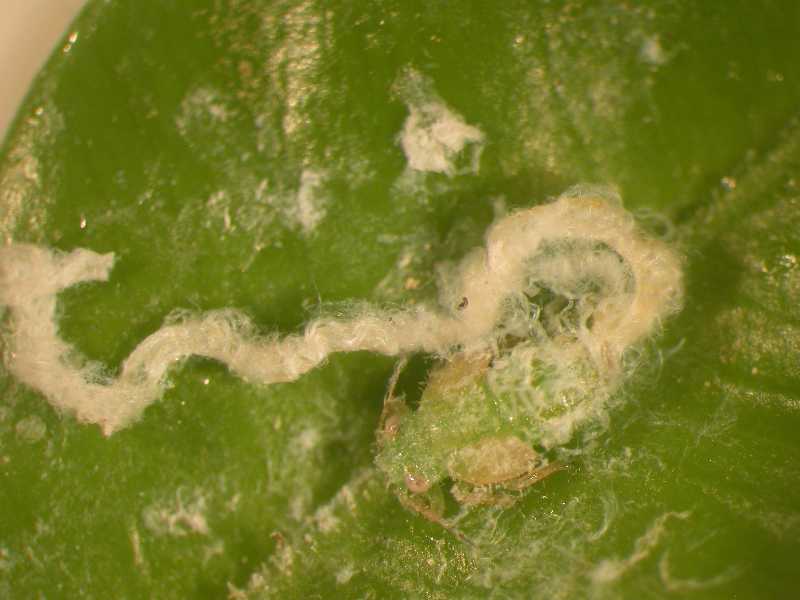
Boxwood psyllid
Boxwood Diseases & Insect Pests Factsheet | HGIC 2052 | Updated:Feb 26, 2021 Download (PDF) Boxwoods ( Buxus spp .) are adapted to a wide range of light conditions and prefer fertile, moist, well-drained soil, which is amended with organic matter. For information on species, varieties, and culture, see HGIC, 1061 Boxwood.
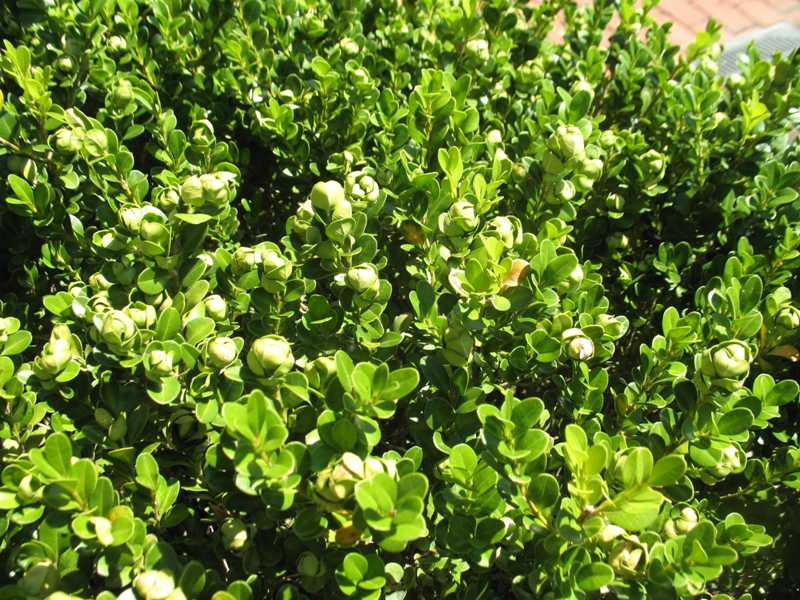
Boxwood psyllid
Close up of cupped leaves. Boxwood psyllids overwinter as eggs between bud scales. Eggs hatch into deep green wingless nymphs that suck plants fluids, cup leaves, and produce waxy filaments. Adult insects are lime green with long clear wings. There is one generation per year. Boxwood psyllid nymphs. Injury may be unsightly, but it does not harm.
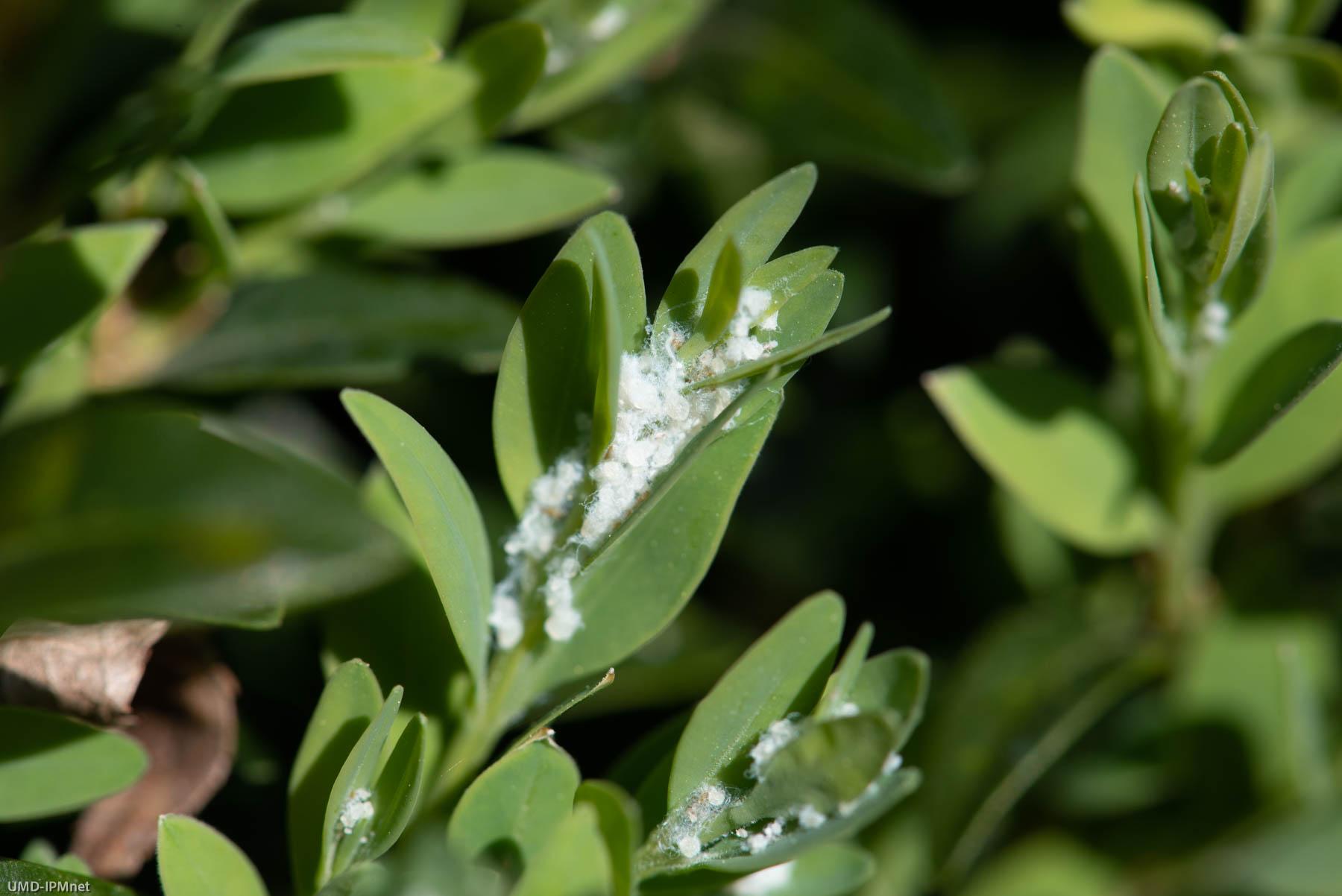
Boxwood Psyllid Images University of Maryland Extension
Boxwood psyllid eggs are tiny and orange. Nymphs that hatch out from the eggs are light green and small. Psyllids vaguely resemble planthoppers and cicadas. Immature psyllids may be partially coated with a white, cottony "fluff". Adult boxwood psyllids are about 1/16th of inch long and light green. They also have clear

Boxwood Psyllid Images University of Maryland Extension
Updated: February 14, 2022 The photos below are to help with identification of the pests listed on the Pest Predictive Calendar that is part of the commercial ornamental horticulture IPM program. Wax produced by boxwood psyllids in growing tip of plant. Cupped leaves caused by boxwood psyllid nymphs